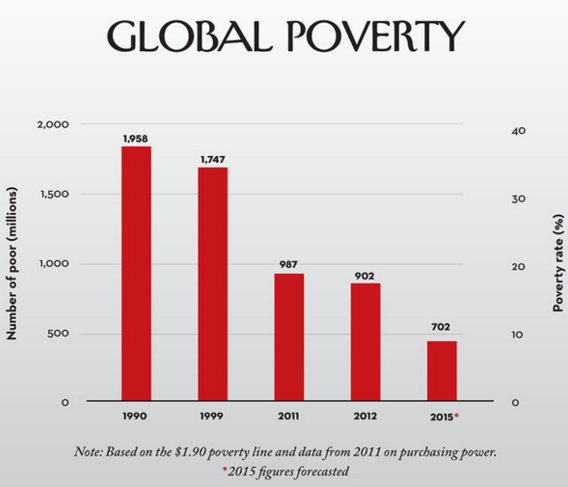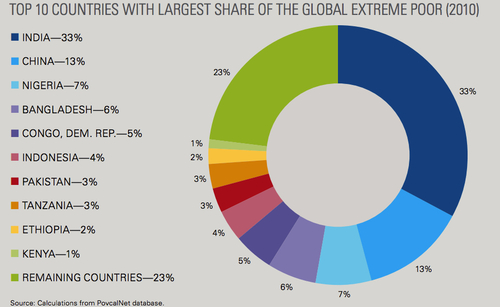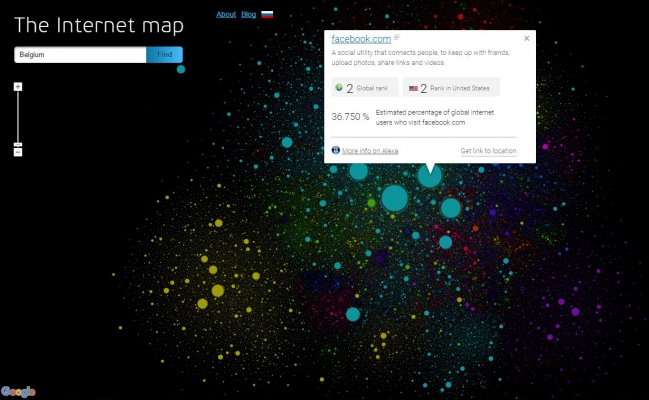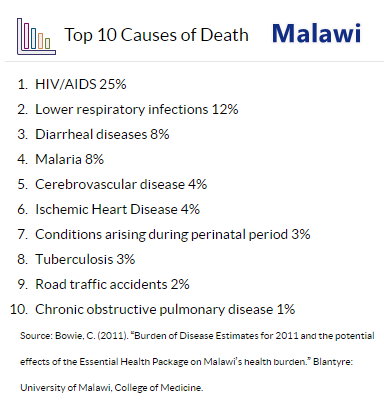Somehow related : Links
Peace, Violence, Addictive Substances - Is there a deeper message?
Here is a request from a reader of SendThemPeace.com.
It concerns including links to organizations that present the negative aspects of alcohol consumption, as well as other drugs.
At first reaction, this seemed a bit distant from the methodology, targets, and ambiance here at SendThemPeace.
A second reaction, was that the two may not be so far apart after all.
To engage in The Challenge as presented here, clearly requires some degree of self-knowledge. It requires a belief that participating in a universal consciousness to bring Peace to our world, is possible, is worth the time and effort, and in fact, seems to be working.
It is difficult to imagine that such participation could be furthered in an environment of chemical toxicity.
Some will not view "having a drink or two" as chemical toxicity.
If the goal here is the pursuit of Peace, does taking various chemicals into one's body, perhaps with the intention of being a bit more relaxed or sociable, lead to violence?
Not always, fortunately.
But perhaps often enough that unfortunate examples are all too easy to encounter in our lives.
In the first link provided below, Tich Nhat Hanh presents the idea that people drink because they are lonely. There may be other reasons. He mentions that our sense of "deep-seated well-being," our source of happiness, should not come from or be sought in, what we consume.
But is it true that addictive substances are sought because something is just not right inside the person?
That "just not right" may frequently be identifiable in first place, and that the addictive substance then follows as a sought after method of compensating. Many will take argument instantaneously with this suggestion.
So here in our "Somehow related" Category on STP.com we'll accept the following links as useful, in pursuing a sense of where people all over the world are going with this subject of Alcohol-Violence-Peace. Their sources are varied. But in all, pursuing Peace is evidently present, and somehow, addictive substances seem to be either in first view, or brought along as something that seems to get in the way of the larger goal.
I would add: self-awareness, and awareness of others in self. Just because that pursuit may not be self-evident, not easy, does not mean it is not worthwhile, nor should it be abandoned in favor of getting dead drunk just one last time, in hopes of finding one's true self.
PubMed returns 27242 citations when searching for "Alcohol + Violence." Follow the link to see some of these. So clearly, Medical Science puts the two together without any hesitation. Here is one that reports the decrease in violence in the U.S. from 1980 to 2013 (a reduction by more than half). Something to be grateful for, though this is not the place to add: "I'll drink to that!".
And from that article:
And from the article: " Alcohol and Violence in the Emergency Room: A Review and Perspectives from Psychological And Social Sciences," another useful summary:
Have a look. See what your friends think. Tell us what you think.
Does this topic belong to SendThemPeace.com, or, though worthwhile in itself, somehow too distant from our purposes here?
Here are the links to an interesting collection of sites:
- Why alcohol makes people violent.
- World Peace Initiative (Buddhist) : Benefits and risks of drinking alcohol.
- Family Peace Foundation: Alcohol (with several sub-groupings of that topic)
- Alcohol and Violence in Australia ): Some statistics
- Falling Alcohol consumption > Less crime in the UK. Coincidence?
- Active - Sobriety, Friendship and Peace : Their Vision: "The Active's vision is a democratic, diverse and peaceful world, where each individual can live up to their full potential. Alcohol and other drugs are recognized as direct hinders of young people's potential and as factors influencing family life, children's rights, social inclusion, youth unemployment, democracy, violence against women and girls, as well as creation of sustainable environments." Their Mission: "Active's work focuses on stimulating the potential of young people through promoting a lifestyle free from alcohol and other drugs and creating free, safe and inclusive environment for young people and children." Their parent organization is IOGT.
- The strategies of the alcohol industry. Here's one recent review.
- And from the island of Guam (where I spent several years in the '70's). The letters P-E-A-C-E become a call to action. A " One Nation Alcohol-Free Campaign."
And to now add to these ...
And to quote our reader, Susan G. : "The organization I'm referring to is Addiction Resource, which raises awareness of the dangers of alcohol addiction and helps local communities stay sober, and there's also VapingDaily which helps to spread the knowledge about the effects of smoking and vaping.
Do you think it'd be possible for you to include those resources on your page?"
The answer is yes. With pleasure, and in pursuit of Peace through all methods possible. Thank you Susan!
Somehow related : Links - Poverty and Peace
The GDP per capita was as follows for these countries, expressed in current $US :
- Syria: 2,080/ cap in 2007
- Yemen : 1,408/ cap in 2013
- Burundi : 286/ cap in 2014
- Belgium : 47,517/ cap in 2014
- U.S.A. : 54,629/ cap in 2014
Any thoughts?
The end of poverty, requires the end of violence = Peace. The Locust Effect.
The links are sometimes blended together so that poverty as a contributor to crime, is confused with poverty and war.
Poverty and crime taken together have been most studied in Western civilized and urban settings.
Here is a very enlightening review of Poverty & Civil War by The Brookings Institute, in PDF format,
and a second from the Institute of Developmental Studies which explores the elements of War-Poverty-War cycles.
Clearly, infusing Peace into Targets involved in such cycles, may provide the only hope for interrupting this apparent close relationship of Violence and arising in, and followed by poverty.
Here's the World Bank's perspective on this :
Jim Yong Kim in The New Yorker :
"The world has been getting less equal for decades, but last year, rising inequality became an especially fashionable topic of discussion, in no small part because of the release of the economist Thomas Piketty’s book “Capital in the Twenty-First Century” (which John Cassidy reviewed in the magazine), a discussion of the divergence between the world’s rich and poor. This year has brought renewed focus on another measure of global economic well-being—one that looks better, thankfully, than the inequality figures. Even as inequality has grown, extreme poverty appears to be at its lowest level ever.
This might seem counterintuitive, but it has happened because, although the wealth of rich people has grown more than that of poor people, the wealth of both groups, on average, has grown. In October, the World Bank projected that fewer than ten per cent of the world’s population was living below the extreme-poverty line of $1.90 a day—down from thirteen per cent in 2012 and twenty-nine per cent as recently as 1999. Much of the decline has to do with rising prosperity in China and India, as those countries’ economies have benefitted from greatly expanded investment by foreign companies and countries, as well as by their own governments."
Improving or not, here are the world's primary locations of poverty :
80 % of the world's poorest populations, live in just 10 countries.
Somehow Related : Links - Information
If The Challenge includes studying ahead of time to increase one's knowledge about Targets for Send(ing)ThemPeace, where does one go to get such information? The days spent at one's local library are becoming few and far between. Compare that with the number of days per month, you spend without Internet...
Who are the merchants of this information?
Here is an interesting Interactive Map of the Internet. You can sort it by entering your country, or another. You can enter a website's address and see where it appears.
Here is an example for "Belgium" entered in the Find box. The larger the ball or star in this universe, the greater the number of users.
For instance in Belgium, Facebook.com is number two. 36.75% of global users visit Facebook.com
( click to enlarge )
This leads easily to several questions.
Does visiting a site mean :
- one is passing through for amusement?
- one is obtaining one's information?
- one is shopping for an object?
- one is looking for someone else with whom to make contact?
- ALL of the above?
- Will the source of information most often selected, vary greatly from country to country?
- Does this change how people in a country see the world?
At least, if a user of the Internet doesn't have much time to be online, where is he/ she going to head most often? And is that site a good source of information? Perhaps just a dumbed-down version of "good information," or "just the facts" or "propaganda"? And are those who are repeating the information obtained, on Social Networking sites, repeating it correctly? Or does it become like the party game, "Telephone," where the initial message conveyed and the last, may be quite different.
Perhaps people aren't seeking any information at all... perhaps they have too much information. "Let's buy something!" So, PayPal ranked 38th globally, eBay ranked 17th and Amazon.com ranked 6th. While Wall Street Journal (WSJ.com) 338th, FoxNews 192nd, HuffingtonPost.com is 123rd, NY Times, 97th, CNN.com 75th, and Washington Post not ranked globally, but 52nd in the USA. Things "in the News," become sources of information as well: CharlieHebdo.com, 35th globally, and 41st in the USA where almost nobody on the street speaks French! Are we seeking news that informs,... or news that's sensational and there to entertain us?
How does this map vary significantly for USA, Russia, China, South Korea, Qatar, Japan? Once you have entered a country, the number one source will show up as a quite large "star" or ball. But remember to scroll out to help put this country's usage (usually the same colored "stars", clustered together), in perspective within the Internet Universe. Why is Colombia closer to the USA in the Internet Universe, than Brazil is, or these two South American countries to one another? To get a sense of persepctive, search or find on "Skynet.be" the primary telecommunications provider in Belgium. Scroll out to see it's place in this Universe of the Internet. No time to do this? Let me tell you: ranked 15,304th, globally. And ranked 132nd in Belgium, so Belgians are "going elsewhere" to get their information, besides to a principle Belgian presence.
What does it mean that the primary sources of information globally are Google, Facebook, Youtube, Yahoo, Wikipedia, Twitter, LinkdIn? As it should be? Should Wikipedia find a place above Facebook?
What do you think about the major sources of information as presented on this map for your country, or your favorite site?
Do all countries use the same source for acquiring the requisite knowledge to make Peace a reality?
Somehow Related : Links - Health
Do you see a relation between indices of health (such as Average Survival) in a country, and presence/ absence of war?
Play with this interactive map, and see what you think. Notice that since 1990 (first year represented here), generally ALL countries of the world have seen an increase in Average Survival figures. So even though "health" is distributed unevenly, (age 79 in US, age 46 in Malawi) as with many other resources, including Peace, overall things are improving, both within countries, and between countries. How does war impact on health, apart from a bullet? In many ways.
Compare these causes of death in the U.S.A. and Malawi :
Are we just seeing things that were always there, but not being shown? And in a country so poor and unhealthy, why isn't suicide in the top 10 ?
Health, Education, Economics, Systems of Government, War : Are the first four, always causally related to the fifth? Can working on the first four, always prevent the fifth?
Here is another interactive map. It shows all diseases and their prevalence, by age and gender. Looks like stardust at first, but one can scroll in to enlarge, and click on a ball or star in this universe of disease, to get details. The larger the star, the higher the prevalence. This same prevalence data determine how the stars are clustered. Diseases somehow related, will tend to be clustered together on the map. For the teeny tiny stars, scroll in more closely to enlarge, then click on it more easily.
Somehow Related : Links - Nuclear
Gee... Gun Control? Whatever happened to the talk about Nuclear Weapons? Not everyone has fogotten.
1. May 10, 2018: Have a look at this link, presenting current status of efforts to control nuclear proliferation.
The New England Journal of Medicine asks: "The End of Nuclear Weapons, or the End of Us?"
2. Then come back and look at the following, now years old. Is the world simply continuing to ignore the problem? Seems like it.
Join The Conversation at Physicians for Social Responsibility.





